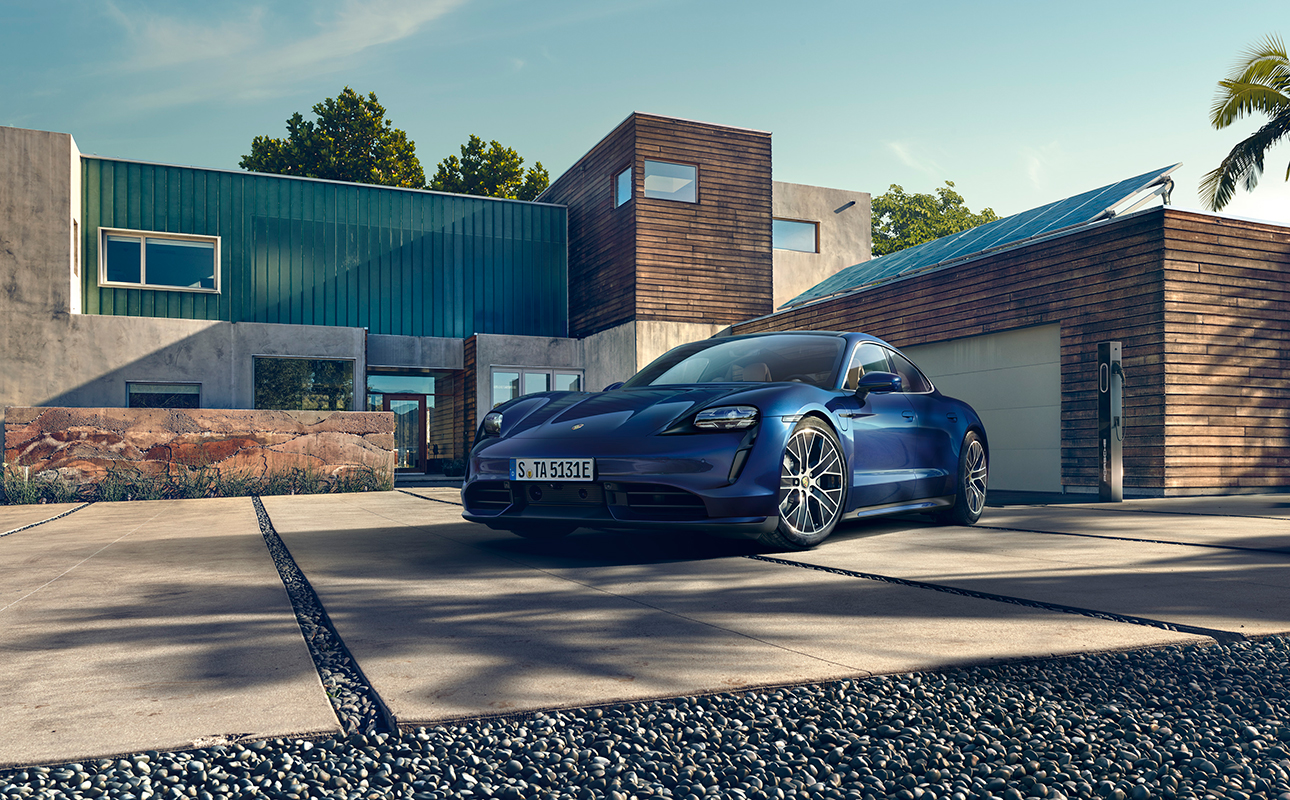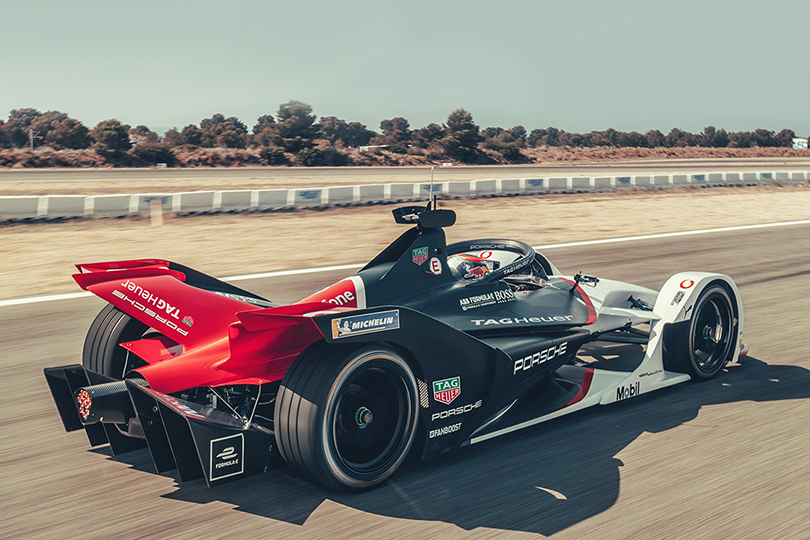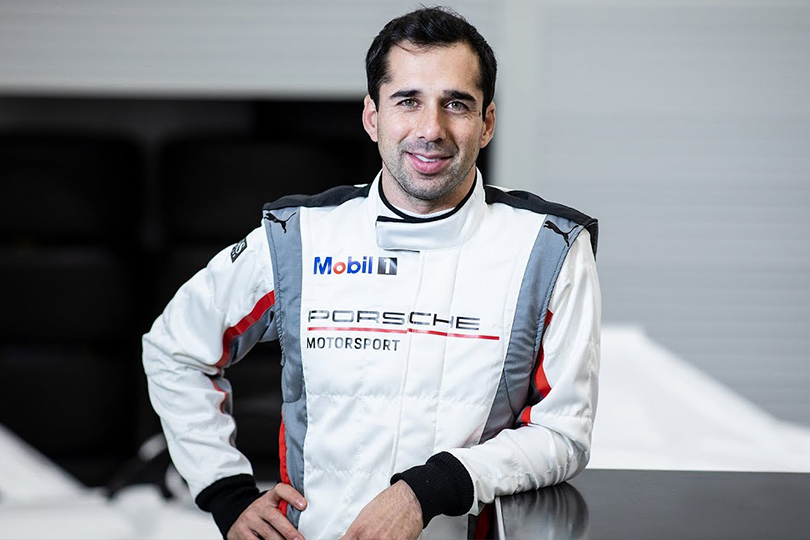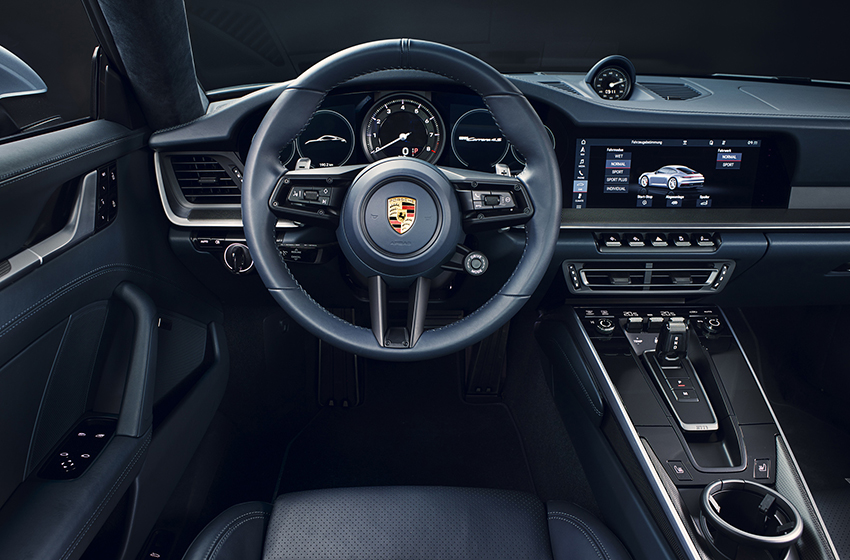It’s an emotive issue, as well as an emotional one. There are those who would rather perish in a crash (complete with the spectacular gasoline-fueled fireball) than to buy an electric car, but there are also folks who think anyone who is still driving a car with a combustion engine is simply backwards and unlettered. But let’s aim for the golden middle here and get back on topic. If you’re the type of person who likes to spend a bit of time on Wikipedia, you might’ve heard of the Lohner-Porsche mixed hybrid. It was technically the first hybrid car and it was developed by Ferdinand Porsche in the early 1900s before he went on to do various other things such as creating the second best-selling car of all time for Volkswagen and starting the Porsche car company. He was a busy man, it’s true. Anyway, it’s all very fascinating, especially to history buffs, but it’d be a bit of a stretch that this “head start” in designing hybrid cars carries much weight today. It wouldn’t be until 2011 that Porsche as we know it would actually sell an electrified car — the Panamera S Hybrid — and technology had moved on quite a bit by then.
The beauty of a hybrid powertrain, which combines a traditional combustion engine with electric power, is that it’s possible for these dual drivetrains to cancel out each other’s downsides. The biggest downside to an electric motor is that in order to be of any use it requires a battery which is big, heavy and expensive. The downside of a combustion engine is that it’s dirty and needs time to build up sufficient RPMs before it can deliver most of its power. A Hybrid car’s electric powertrain allows it to drive with zero local emissions while on electric power — very handy in a city and in traffic jams for example. And when you want to go fast, it also has the instant torque response that is lacking from a regular engine. Combine the two and you’ve got a car that has unlimited range (as long as you can find a fuel station, obviously) but with reduced emissions (thanks to its ability to charge its batteries with recovered energy during braking) and improved performance as well.
Of course, while the first hybrid powertrain in the Panamera and later the Cayenne were quite impressive and popular options in countries where there were fiscal benefits to be had, they still might not have convinced the most diehard Porsche fans that the power of electricity was worth harnessing for performance reasons. But if what they needed was an eye opener, then Porsche would provide exactly that with the 918 Spyder. Yes, it was a hypercar and yes it cost pretty much a million dollars. But it showed the world what hybrid technology was actually capable of. It went up against the LaFerrari and McLaren P1 (which were also hybrids) and came out on top a lot more often than not despite being both heavier and slightly down on power. But then all had jaw dropping horsepower figures that started with either an 8 or a 9 so none of the three were anything less than bonkers fast anyway. What seemed to give the 918 Spyder the edge was Porsche’s decision to not only make it all-wheel-drive but also to use a higher percentage of electric power than the McLaren and Ferrari. The electric power is immediate and can be controlled very accurately by computers to send it to whichever side of the car needs it the most.
























